Home » Posts tagged '#GEN2108' (Page 2)
Tag Archives: #GEN2108
Hyperdocs
Hyperdocs are a great addition to any classroom because it offers a world of opportunities for the teachers and the students. Hyperdocs are an interactive document that the teacher can share with the student instead of handing out plain worksheets. They allow for students to explore technology while also learning the content. I explored a Hyperdoc to learn more and find out how it can improve my future classroom!
I explored a Hyperdoc pertaining to a Kindergarten history lesson (since this is the grade I aspire to teach). It was very simple, but would be very fun for the kids because it is interactive.
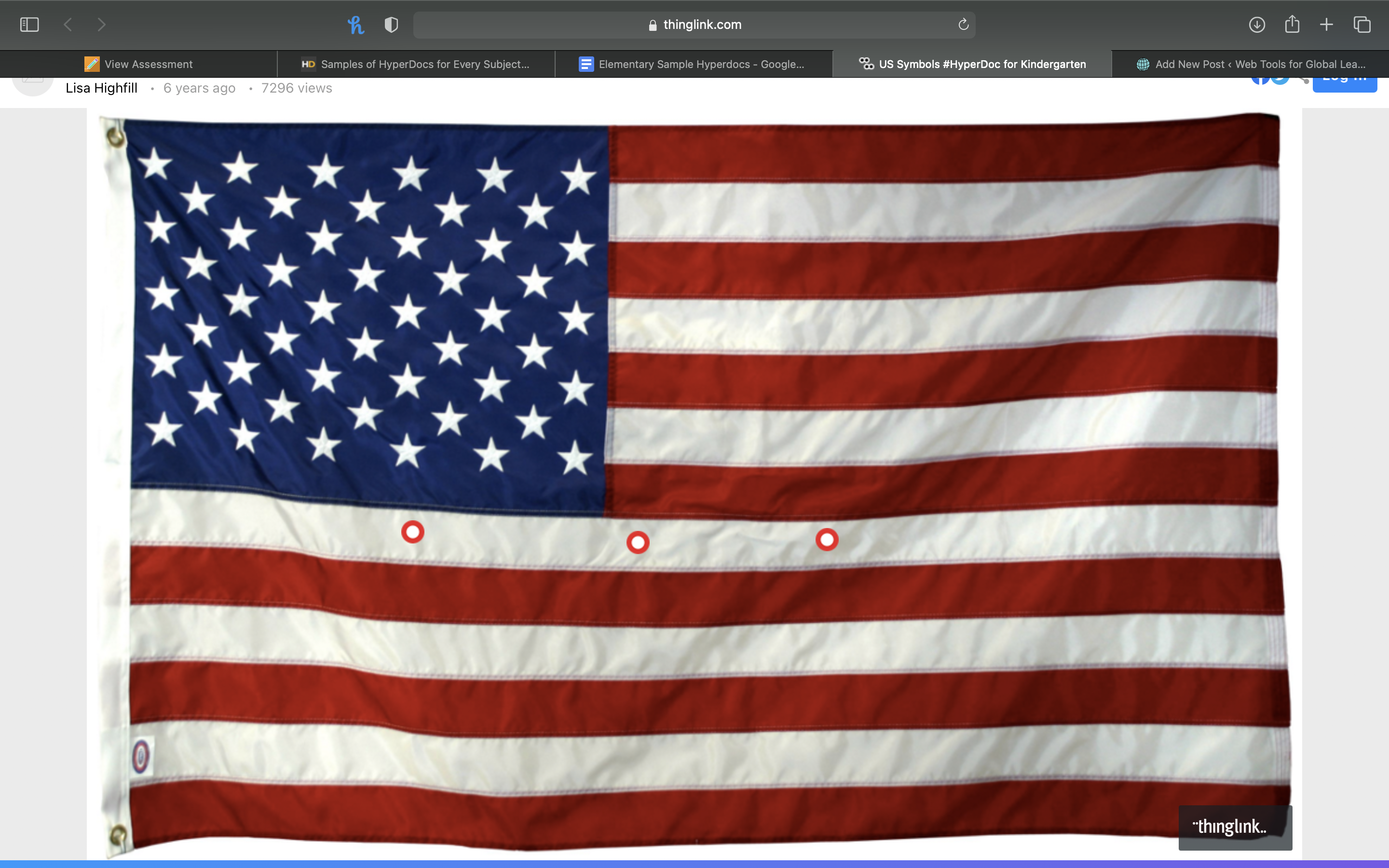
There were three links attached to this document. The first link was a video for the students to watch about United States symbols. Next was a slideshow briefly explaining the symbols discussed in the unit. The last link was a link to ABCya paint where students were asked to paint their own flags.
Hyperdocs can be used for any age level, another reason they are so great! They allow for students to explore by themselves, with peers, or with the help of their teachers to learn a variety of things. Hyperdocs can be used from any subject to even community builders. I encourage all of you to use hyperdocs in your future classrooms!
Thank you for reading!
Jillian DeMore
@DeMoreJillian
Come with me on a Virtual Field Trip!
This week I took a virtual field trip to the Coral Reef in Panglao, Philippines.
I chose to go on this trip because I love the ocean and admire all of its beauty. On this trip, I was able to look at all the different kinds of fish around me. I could zoom in to catch a closer look. I could also look up to see the sun shining down on the ocean water. When I looked down I could see the reef beneath my feet.

There were a bunch of different view options for the video. This helped me see the Reef in so many different ways. I was truly amazed at how clear the videos were.

Virtual field trips are an amazing way to show students in the classroom different places all over the world. This will keep them engaged and excited in class when they see the variety of places they can go!
Thank you for reading!
Jillian DeMore
@DeMoreJillian
A Trip to the Louvre

In 2018, I studied abroad for my first semester of college and I took a trip to Paris for a weekend, with one of my stops being to the Louvre. We did not choose to go inside due to the amount of people in it, so I decided a virtual tour would complete my experience there.

Looking at the tour options, the last name I expected to be on there was Darth Vader, the iconic bad guy from Star Wars. The exhibit was on heroes and monsters from folk tales and myths throughout history. The design of the gallery was to invoke tension, conflict, deep thought, and a sense of rising to action, all aspects of what makes a hero, a hero. The types of lighting helped to set the mood of whatever a hero was going through, whether it be overwhelming darkness, a little bit of light or dark, or even complete brightness. It simulated the conflict a hero encounters throughout their story, implying the viewer/visitor is a hero in their own light. This exhibit makes people look to heroes for inspiration, giving them hope that they can be heroes in their own lives. because even though heroes are great and powerful beings, they have their flaws, just like everyone else.
No Ridicule for Subtitles

Netflix is known for its endless amounts of tv shows, movies, documentaries, etc., but what I never expected to find myself watching are programs in outside the english language. Granted, I have seen a couple shows and movies in high school for Spanish class, but never have I sought them out on my own volition. It started with Spain’s Money Heist, also known as La Casa de Papel, then arrived Squid Game from Korea, which has taken the world by storm as of recent. Both shows are in their native language, with english subtitles on screen. I thought it would bother me at first, but after watching both shows, the subtitles honestly feel natural, I don’t complain about having to read and hear.
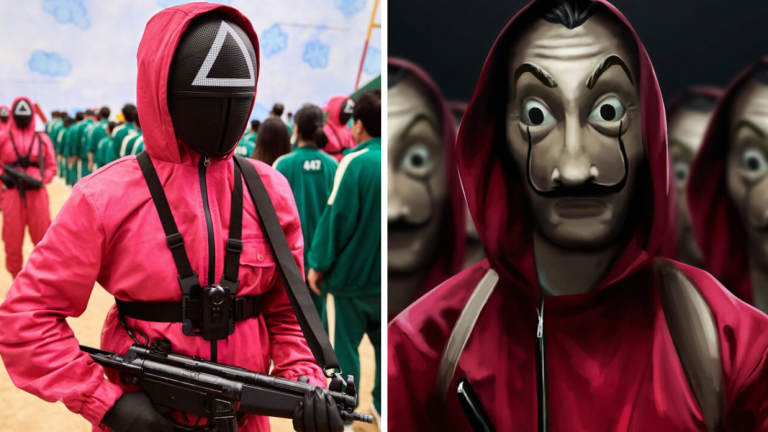
My friend had to watch a film for her History of Paris class, and it so happened to be in French with English subtitles. The timing could not be any better, and I figured it would be a better choice as I have never heard of it before, so I went into the movie with no expectations.
Right off the bat, the movie showed an invalid older person being purposefully urinated on by one of the characters, with the urinator telling a nurse the old man had an accident. I had never seen that displayed before on film, but it showed me how French in the 18th century would try to ruin one’s honor. The film is about reputation, something one needs in order to have any sort of chance at being successful in Versailles’ social circle. Having an accident on oneself is certainly embarrassing, so this opening seen is just par for the course as to what people will do to advance their own worth.
With the movie being set in the 18th century, things were obviously very different back then compared to now. They took horses, everywhere, wore large white wigs, and everyone had on fancy clothing like dresses or suits. Now we have roads, better transport, and fashion is for everyone. This was the norm in Versailles, and it played an essential part in the social game. The rich hung out in a place they called “court”, where the main character goes to in order to get a sponsor for his drainage project. He is from the swamps and is attacked in the city as soon as he arrives, but is taken in by the local doctor who helps him not only get better, but also teaches him how to thrive in Versailles’ elite society. One thing I noticed was that mugging is still common today, except it was way more dangerous back then as there was not as much medical help as there was today.

The most noticeable cultural difference was the prevalence of sarcasm which they all referred to as “wit”. The main character, Ponceludon, had to use this in order to secure funding for his project. This involved him hanging around with the King, Queen, and other nobles, and taking personal digs at those around to impress them. Most of the time, they were all at dinner or some sort of meal, and they would bounce sarcastic comments off each other in hopes of gaining the most laughter from the audience. Towards the end of the film, the main adversary to Ponceludon throws the shoe of another man into the fireplace while he was sleeping. The man awakens to find a shoe missing, which meant he was not allowed to enter the court. With no shot at getting royal backing for his own project, he proceeds to hang himself. This spoke volumes as to just how much reputation mattered in society, it was literally life or death. Nowadays, people recieve funding by showcasing data and statistics, not by trying to be witty.
Another underlying factor in this movie was the fact that in order to enter the court, one must prove their Lord lineage. If one could not, they were not permitted to enter the court. In today’s society, anyone has the space to talk and present an idea, especially one that benefits a community. Since wealth is also more spread out, the community itself can raise money, rather than having to resort to lobbying the government or another source of money.
All in all it was a great film, here is a link I have the movie. Be careful of the ads, as since it is a free website they are quite prevalent.
Microsoft Teams: Effective Learning, All In One Place

This semester we have learned about so many incredible tools that are helping to make classrooms more inclusive. Microsoft Teams is just one of the [platforms that are making learning more effective for students.
Microsoft Teams allows students, faculty, educators, and staff to meet, work together, create content, and share resources in Office 365 Education. Here is just a small preview of what Microsoft Teams can do.
As you can see there are so many things that can be done in Microsoft Teams….and this is just the beginning. In education, some of the main features include:
- Making it easier to collaborate with educators, students, and community members. As of now Microsoft Teams can collaborate with up to 300 students or community members at one time. That’s a lot of people!

- Engage learning by organizing classrooms and assignments, collaborating and sharing files, and allowing access to class materials all in one central location. Being able to have access to everything you need at the touch of a button helps students to learn more effectively.
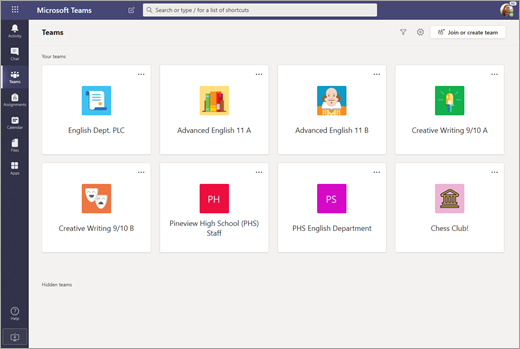
- Elevate day-to-day work when you Access Insights for the school and classroom, use apps and integrations to reduce workloads, and build community, all on a safe and secure platform.

There are just so many reasons to love teams whether you are an educator or a student.
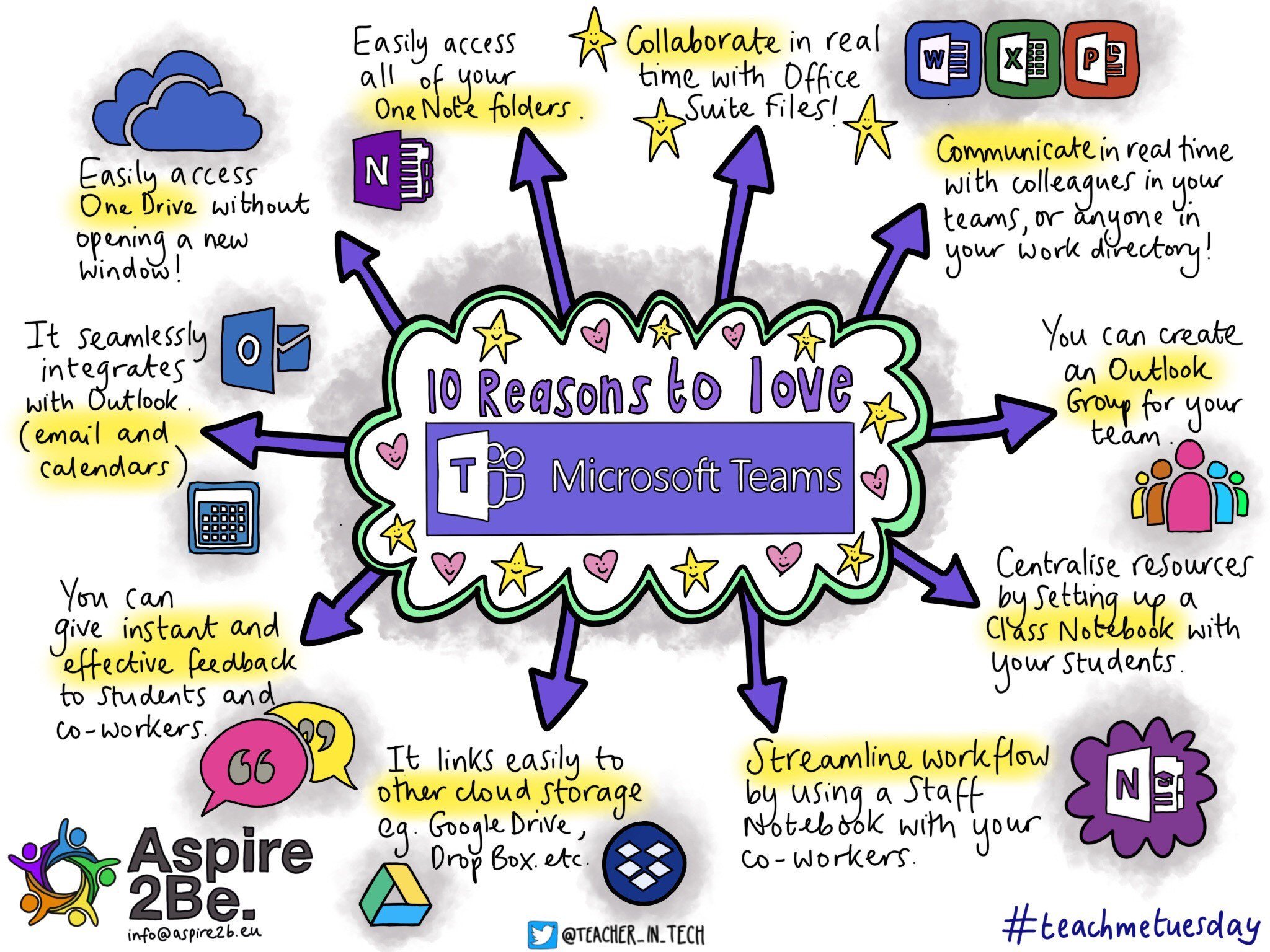
Microsoft even offers videos to help you navigate through Teams whether you are a beginner or just need a refresher.
Microsoft Teams offers a variety of applications that you can choose from. Find and explore which ones you would want to incorporate into your team page. With Microsoft Teams Applications for Education, educators are able to enrich their students’ learning experiences by integrating a variety of tools and resources inside their Class Team. Microsoft Teams Applications for Education offers a wide variety of applications ranging from assessment to video streaming.
If you aren’t excited yet about Microsoft Teams go check out the website. There are so many more amazing things that you can do with Teams than what I have even mentioned. Go and check it out for yourselves. It’s definitely worth looking into.
Thanks for Reading
Bayta Owens
Looking to Teach Globally?
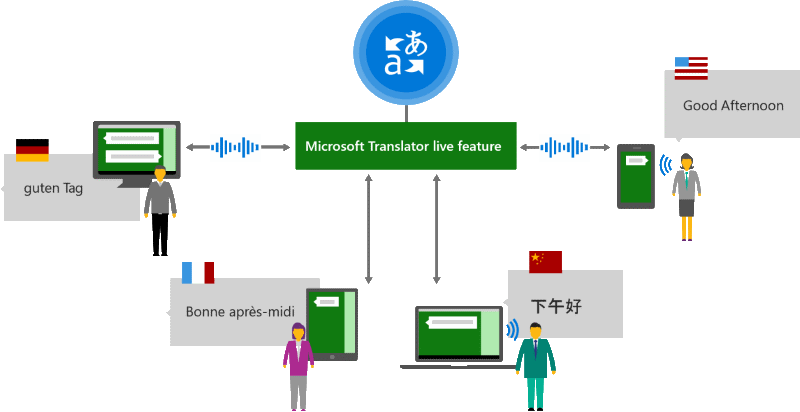
Microsoft Translator for Education is a tool that is allowing teachers to teach students on a global scale. The program allows for in the moment translation of speech to text. While this is primarily a teaching aide, this tool is so much more. It can allow students to form study groups in spite of language barriers, teachers and parents can have conferences one another, and pre-recorded presentations can be retroactively enhanced with translated captions.
This a tool that has the ability to completely revolutionize the global online learning environment. No longer is language a strictly dividing factor for teachers who want to branch out across the wold. The barrier of language is shortened allowing more and more people to connect instantly to learn and grow together.
Technology is allowing for anyone to connect. Now it has the ability to connect people like never before. Months, or years, are no longer needed to learn a new language in order to reach others across the globe. It is a new age of learning unlike any before.
Communication Using Microsoft Forms
Microsoft Forms is a survey taking tool, however, it can be used in a multitude of ways in a school setting to improve communication.
Using Forms with Students
Forms can be used for any subject in your classroom. From ELA, to mathematics, and even social emotional learning. Forms allows for the teacher to create multiple choice, multiple answer, or open ended questions. By using Microsoft Forms, students are able to add links to their open ended questions in order to prove further understanding. This feature can be incredibly helpful in an inclusive classroom. While this can be used for traditional testing, Forms can also be used to do pre-assessment testing where students are able to vocalize their concerns. Also, Forms can be used as a way for teachers to ask their students questions about their social emotional development because their answers are not visible to classmates. This can help with more fluidity in communication in the classroom.

Using Forms with Faculty
Forms can also be used when collaborating with your team, in a school or any other work place. Forms can help aide staff development by allowing training quizzes and surveys to improve the school environment. Also, Forms can allow teachers to collaborate when planning for school events because it can help with voting for ideas and sharing ideas in a new way.

Uses for Forms
- Pre-assessment
- Quizzing
- Voting
- Survey
- Mathematical quizzing
- Allows students to communicate thoughts in a less traditional way
Use Forms!
I highly encourage everyone to explore Microsoft Forms, and discover all of the amazing features that can be used to help make your classroom more interactive.
Thank You For Reading!
Twitter: @DeMoreJillian
My Reflection on SDG Goal 4: Ensuring inclusive and equitable quality education and promoting lifelong learning opportunities for all.

Education for all has always been an integral part of the sustainable development agenda. On the UN’s website under the goal 4 link in the Sustainable Development Goals people are able to find all the information regarding our targets in education and how close we are to achieving those targets.
Back in 2002 The World Summit on Sustainable Development adopted the Johannesburg Plan of Implementation (JPOI) which reaffirmed Millenium Development Goal 2 in achieving universal primary education by 2015 and the goal of the Dakar Framework for Action on Education for All to eliminate gender disparity in primary and secondary education by 2005 and at all levels of education by 2015. Also addressed by the JPOI was the need to integrate sustainable development into formal education at all levels, as well as through informal and non-formal education opportunities.
Covid-19 has devestatingly impacted our progress in achieving SDG #4. Because of school closures and lack of virtual educational resources for many low and middle class students. Academic achievement rates have drastically fallen. According to the UN website we have lost over 20 years of progress because of the pandemic.

Under goal 4 there were seven key targets and three sub targets that the UN had hoped to achieve by 2030. These key targets included:
- ensuring that all girls and boys complete free, equitable and quality primary and secondary education leading to relevant and effective learning outcomes
- ensuring that all girls and boys have access to quality early childhood development, care and pre-primary education so that they are ready for primary education
- ensuring equal access for all women and men to affordable and quality technical, vocational and tertiary education, including university
- substantially increasing the number of youth and adults who have relevant skills, including technical and vocational skills, for employment, decent jobs and entrepreneurship
- eliminating gender disparities in education and ensure equal access to all levels of education and vocational training for the vulnerable, including persons with disabilities, indigenous peoples and children in vulnerable situations
- ensuring that all youth and a substantial proportion of adults, both men and women, achieve literacy and numeracy
- ensuring that all learners acquire the knowledge and skills needed to promote sustainable development, including, among others, through education for sustainable development and sustainable lifestyles, human rights, gender equality, promotion of a culture of peace and non-violence, global citizenship and appreciation of cultural diversity and of culture’s contribution to sustainable development
- Build and upgrade education facilities that are child, disability and gender sensitive and provide safe, non-violent, inclusive and effective learning environments for all
- By 2020, substantially expand globally the number of scholarships available to developing countries, in particular least developed countries, small island developing States and African countries, for enrolment in higher education, including vocational training and information and communications technology, technical, engineering and scientific programmes, in developed countries and other developing countries
- By 2030, substantially increase the supply of qualified teachers, including through international cooperation for teacher training in developing countries, especially least developed countries and small island developing States
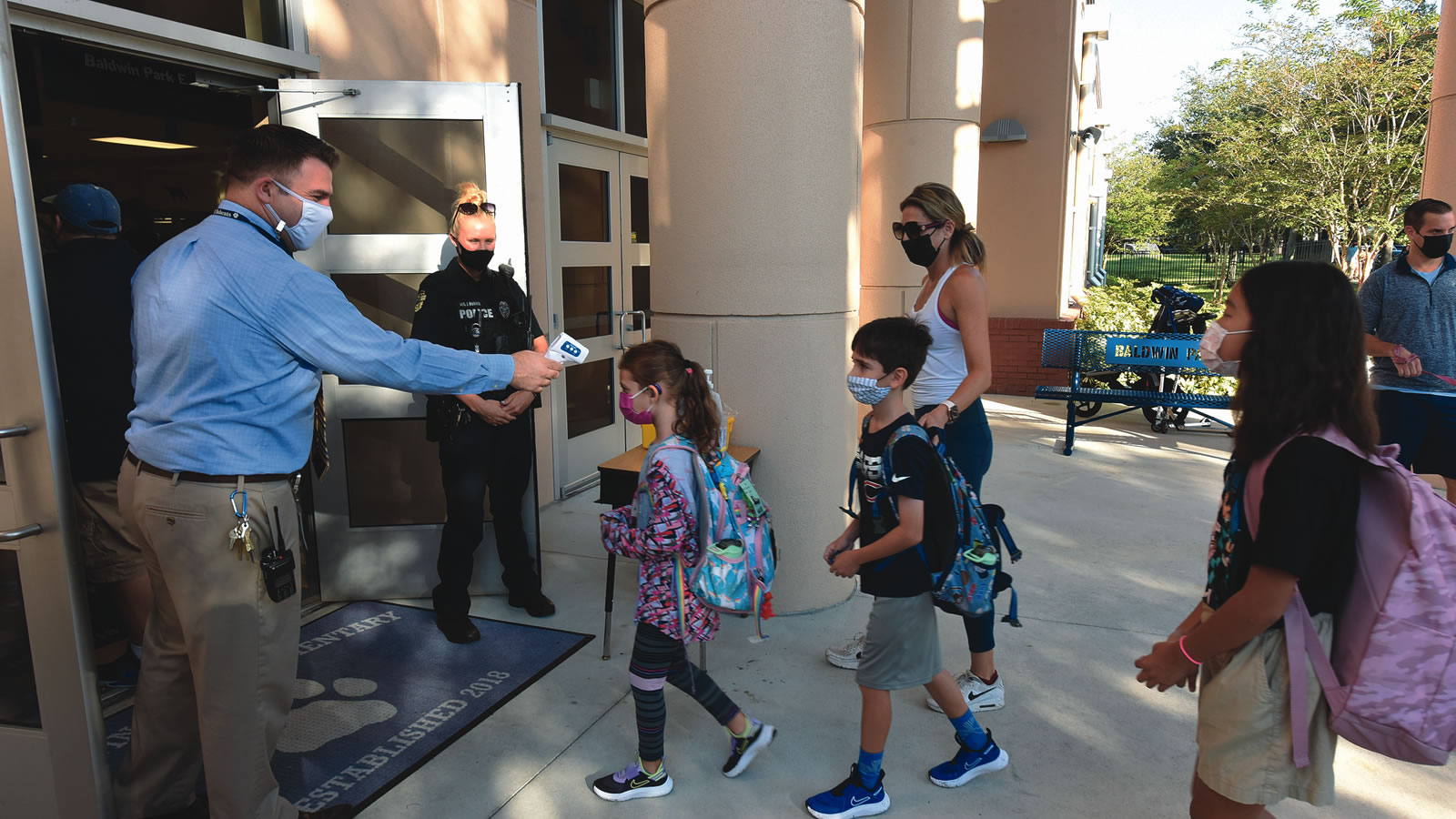
According to the website the impact of the COVID-19 pandemic on schooling is considered a “generational catastrophe”. Before the pandemic, we were behind in achieving the education targets in the Sustainable Development Goals. The school closures caused by the pandemic have had devastating consequences by impacting children’s learning and well-being. We are now one year into the COVID-19 crisis, and “two thirds of students worldwide are still affected by full or partial school closures. The most vulnerable children and those unable to access remote learning are at increased risk of never returning to school and of being forced into child marriage or child labour.”
To learn more about sdg goal 4 and what we can do to help our nations get back on track and aquire this goal by 2030. Go to this link and check out the many resources available to become an ambassadore of change.
Thanks for reading
Bayta Owens #GEN2108
Sustainable Transportation for Sustainable Living
The 17 goals, championed by the United Nations, all work on coordination with each other, so it is hard to favor one out of the bunch. But to me, Goal 11 is the snowball to roll, but has the best effects once it gets rolling. As per the UN’s definition, Goal 11 is, “[To] Make cities and human settlements inclusive, safe, resilient and sustainable”. The world is obviously such a massive place, so to make such a large change like the UN is trying to achieve by oneself is nearly impossible; however, on the chance it is, the reach of accomplishing the goal is not that widespread. To be clear, that is not to say there is no value in smaller groups or individuals from trying to better the world. To make a sustainable globe, it takes a global effort, it takes everyone. It is easier to accomplish when everyone is on the same playing field, which is why creating sustainable living is so essential.
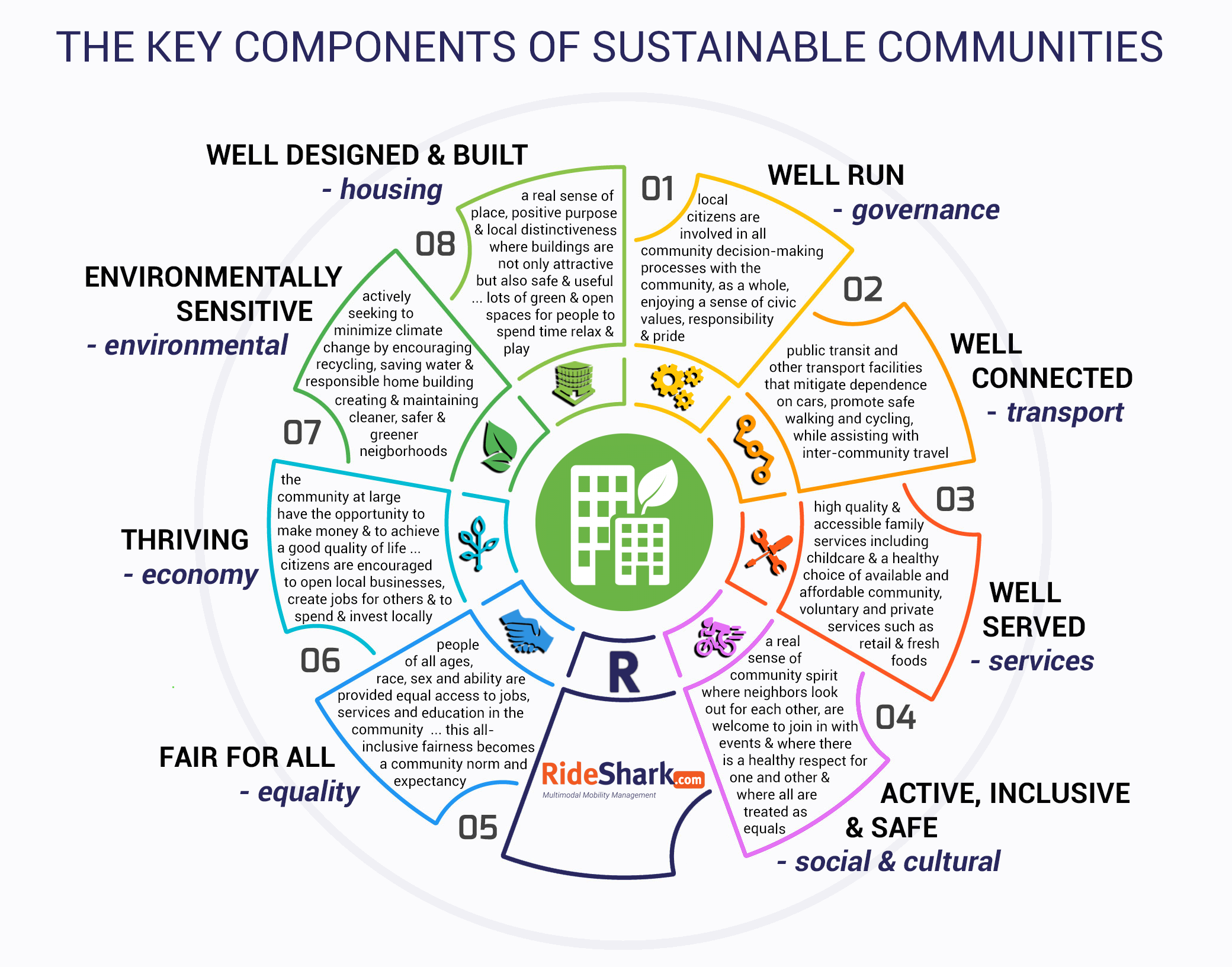
Before the pandemic hit, almost 1 billion people lived in slums, with most of them residing in parts of Asia and Africa. If that seems bad, about only half of the urban population in the world has access to public transportation. Imagine the numbers now; unfortunately it makes achieving the 2030 goals significantly harder, but they can still be done. 5 years ago in 2016, in Ashgabat, Turkmenistan, the UN held the first Global Sustainable Transport Conference. It was a success, with the attendees reaching the conclusion that sustainable transport is essential for maintaining the Sustainable Development Goals (SDGs). The rest of summary of the conference can be found here. In a few days, the next summit will in Beijing, China, which will be another opportunity to discuss challenges and solutions to achieving worldwide sustainable transport. While on paper transport and living are different, in practice they can not function without the other. Roads are no good without places to go to, and places can not be reached and developed if there are no roads to navigate.
Achieving Gender Equality
The United Nations is working on achieving sustainable development by 2030. There are 17 extremely important goals, but one that really stood out to me was to achieve gender equality and empower all women and girls.
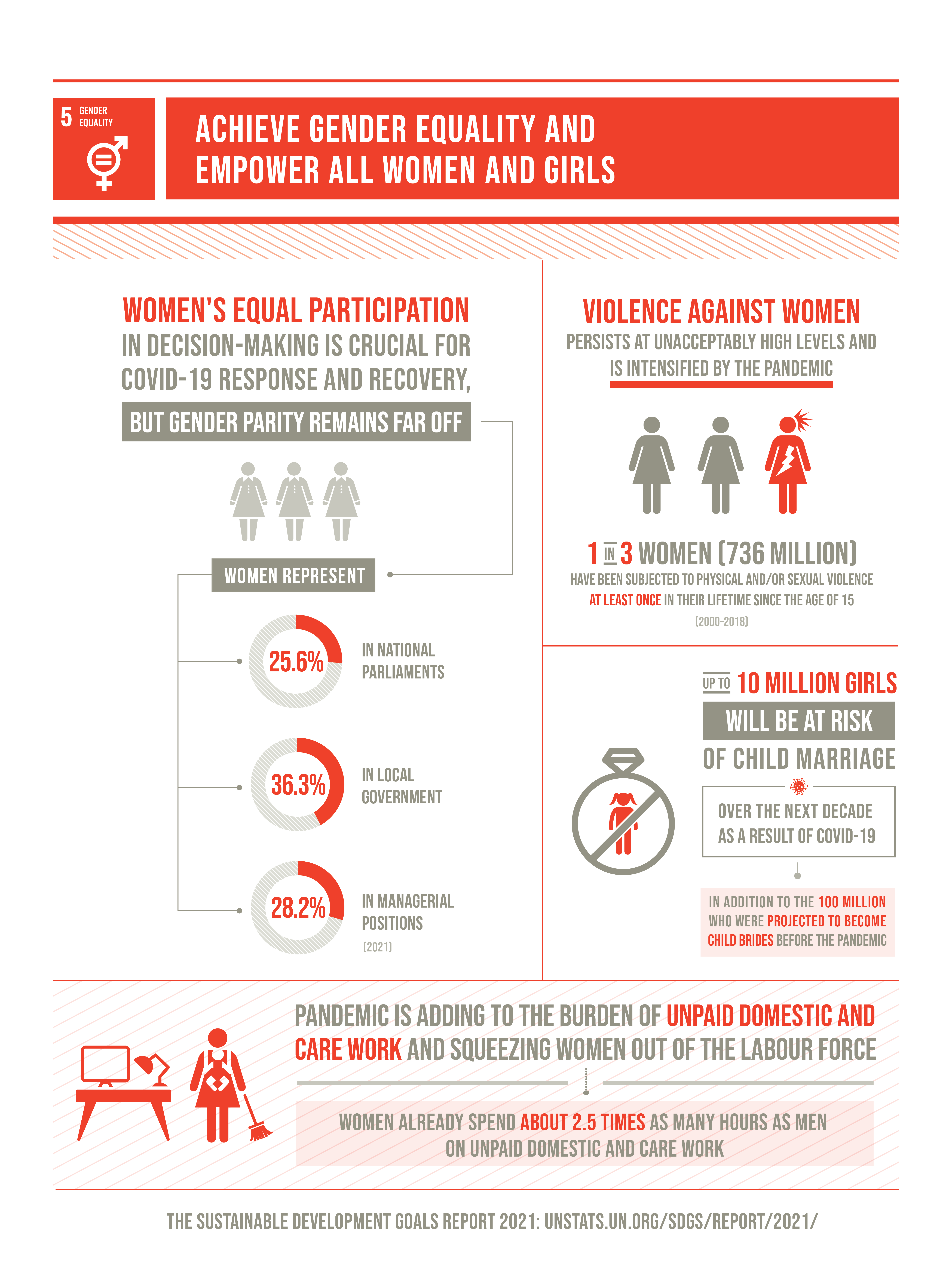
As a woman who lives in America, I know that there is still some inequality. However, I did not realize the severity of inequality in other countries. There is still massive amounts of women underrepresentation in all forms of government, domestic violence/ sexual assault is still very prevalent all over the world, and there are still so many young girls who are at risk for marriage.
Targets and Indicators
There are nine goals in ensuring gender equality by 2030.
- “End all forms of discrimination against all women and girls everywhere”
- “Eliminate all forms of violence against all women and girls in the public and private spheres, including trafficking and sexual and other types of exploitation”
- “Eliminate all harmful practices, such as child, early and forced marriage and female genital mutilation”
- “Recognize and value unpaid care and domestic work through the provision of public services, infrastructure and social protection policies and the promotion of shared responsibility within the household and the family as nationally appropriate”
- “Recognize and value unpaid care and domestic work through the provision of public services, infrastructure and social protection policies and the promotion of shared responsibility within the household and the family as nationally appropriate”
- “Ensure universal access to sexual and reproductive health and reproductive rights as agreed in accordance with the Programme of Action of the International Conference on Population and Development and the Beijing Platform for Action and the outcome documents of their review conferences”
- “Undertake reforms to give women equal rights to economic resources, as well as access to ownership and control over land and other forms of property, financial services, inheritance and natural resources, in accordance with national laws”
- “Enhance the use of enabling technology, in particular information and communications technology, to promote the empowerment of women”
- “Adopt and strengthen sound policies and enforceable legislation for the promotion of gender equality and the empowerment of all women and girls at all levels”
Progress
While it may feel like there has been a substantial amount of progress made, unfortunately, there has not. Due to the Covid-19 pandemic, we have went backwards in achieving equality. For example, violence has increased, child marriage has increased, and women are still underrepresented in government (even though they have played a crucial role in this pandemic). Women are still suffering with pay inequality all over the world.
What can you do?
I encourage everyone to look over all of the sustainable development goals, and see what you can do for your community. As for gender equality, inform others on what is going on around the world, send emails, call local government offices, attend events that are listed on the website. There are so many things you can do to make an impact on the world!
Thank you for reading!
Jillian DeMore
@DeMoreJillian
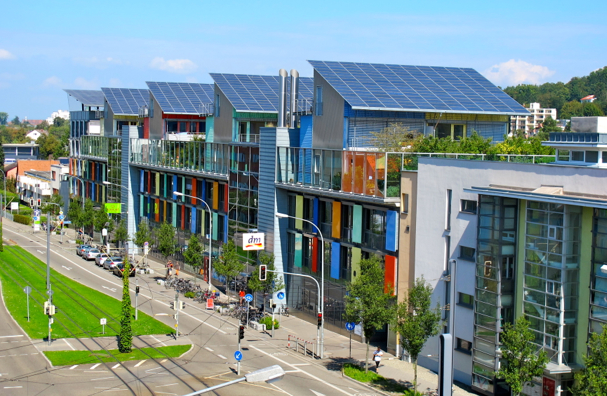
Recent Comments